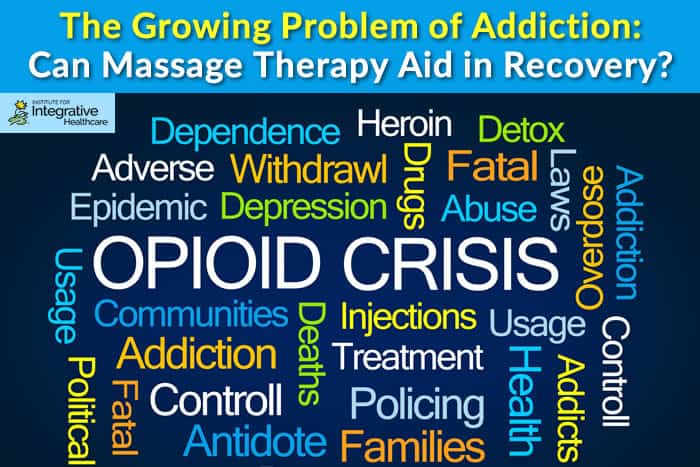

Heroin (an opioid drug made from morphine) is everywhere, easy and cheap to manufacture and smuggle, and it is highly addictive. But heroin is not the only problem, as addictive and easily obtained pain medications like hydrocodone (Vicodin®), oxycodone, and morphine are readily available at pain clinics that have begun popping up across the country. The current opioid epidemic (opiods are most often used medically to relieve pain) has been growing in recent years, with illicit drug use contributing to the death of over 33,000 people in 2015 (Brauer, 2015).
Addiction is defined as “a chronic, relapsing brain disease that is characterized by compulsive drug seeking and use, despite harmful consequences (NIH).” Addiction is considered a brain disease because of the effects drugs have on the brain, as they not only change how it works, but the actual structure of the brain.
The American Psychiatric Association (APA) now uses specific guidelines for addiction, requiring at least two of the following conditions manifesting over a 12-month period (NIH):
- Increased dose over a period of time longer than intended
- Preoccupation with obtaining, use of and recovery from the substance
- Excessive time spent obtaining, using and recovering from the substance
- Cravings for the substance
- Failing to meet obligations due to recurrent use of the substance
- Increasing relationship problems due to the use of the substance
- Disinterest and reduced participation in other significant social, occupational and recreational activities
- Continued use of the substance knowing that it is hazardous and/or dangerous to health
- Increased tolerance marked by a need for increased amount of the substances to get high and a diminished effect from use of the same amount
- Withdrawal in which substance-typical symptoms are experienced or the substance is taken to relieve those withdrawal symptoms
Treatment for Addiction
However, addiction can be treated successfully. Treatment is always an ongoing process as it takes time for the brain to adjust to not having the substances that are causing the addiction. Medication for addiction alleviates the physical and emotional symptoms of withdrawal, allowing the patient to focus on counseling while their brain slowly adjusts to not having their drug of choice. Simultaneously, behavioral therapy helps addicts modify their mental attitudes and alter their behaviors related to drug use while improving their life skills and ability to handle stress and environmental cues that trigger drug abuse.
Massage Therapy & Addiction
When addicts indulge in their drug of choice, they get a hit of dopamine, the neurotransmitter that makes us feel good. This, in turn, sets up an immediate reward system in the brain where the body and mind is rewarded for using, increasing the addiction and conditioning. Massage therapy has been shown to increase dopamine and serotonin while decreasing cortisol – making it effective in reducing pain, anxiety and discomfort. Most addicts became addicted because of an underlying pain condition or a mental or emotional imbalance made worse by stress and anxiety. Massage has been shown to decrease physical pain, and reduce stress and anxiety in general, and can make a significant difference in those dealing with addiction.
In addition, there is a satisfaction that comes from taking care of oneself rather than engaging in behavior that is clearly destructive. Recovery can be a very difficult process, both physically and emotionally. When those in recovery can enjoy a massage session while having the satisfaction of taking care of themselves, it reinforces recovery as something to be desired rather than as just an endless process of physical discomfort and self-evaluation. Massage therapy provides a positive ‘treat’ in the otherwise difficult process of recovery.
Two Cautions
Some caution may be necessary when working with those in recovery, however, as they do present certain challenges.
- It may be necessary to be clear and firm in your policies and in setting your boundaries as this population often has trouble following rules and respecting others.
- There is also an increased likelihood of an emotional release when you are working with clients battling addiction. While addiction is a physical problem, it is also very mental and emotional. Those fighting addiction almost always have some sort of emotional issue that they are holding onto and there is an increased chance for that to surface when they let their guard down on the massage table.
Massage therapy can be a wonderful addition to a drug, alcohol or nicotine recovery program as it can reduce stress and anxiety along with physical pain, and gives the client a feeling of relaxation, peace and calm along with reduced muscle tension and increased freedom of movement.











